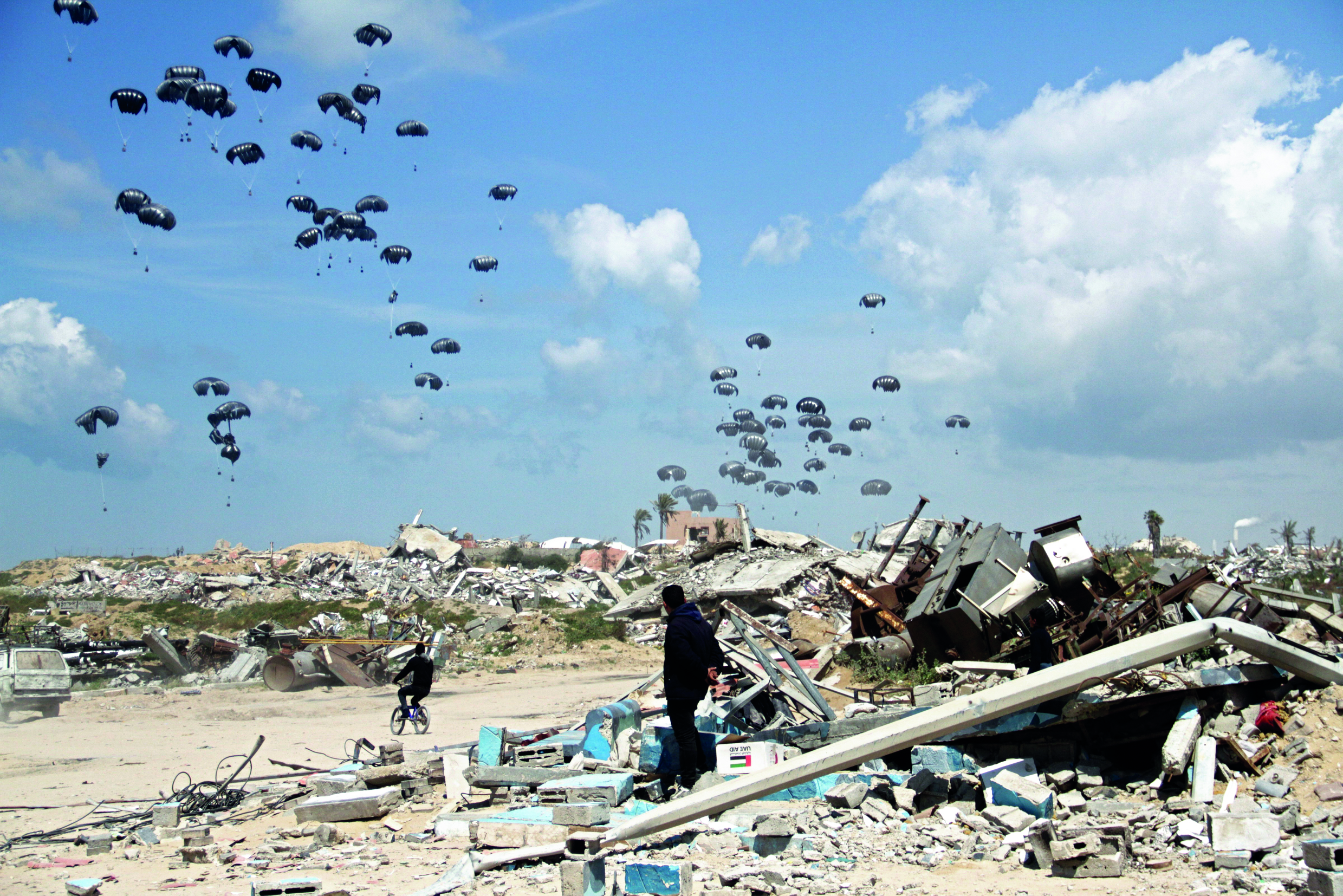Nearly 42K Palestinian lives lost in year of war, Middle East remains in turmoil

Tel Aviv/Gaza: One year after Hamas launched its unprecedented attack on southern Israel on October 7, 2023, the Middle East remains embroiled in a relentless war that shows no signs of resolution. Initially centred on the Gaza Strip, Israel’s retaliatory offensive has shifted focus in recent weeks to Lebanon, where ground incursions against Hezbollah militants have intensified following rocket fire into Israel.
The conflict escalated last week when Israel endured a massive missile barrage from Iran, leading to a vow of retaliation. With tensions mounting, the risk of deeper US involvement looms, alongside threats from Iran-backed militias in Syria, Iraq, and Yemen.
Hamas’s October assault marked the deadliest day in Israeli history, claiming approximately 1,200 lives and taking over 100 hostages. In response, the ongoing Gaza war has resulted in unprecedented destruction, with Gaza health authorities reporting nearly 42,000 fatalities, disproportionately affecting women and children. The humanitarian crisis has led to the displacement of approximately 1.9 million Palestinians, as hospitals, schools, and infrastructure lie in ruins.
While Israel appears to be gaining military ground, Prime Minister Benjamin Netanyahu faces increasing domestic pressure. Mass protests have erupted over the government’s failure to secure the release of hostages held by Hamas, and Netanyahu’s standing has plummeted amid calls for accountability.
As the conflict endures, the international community’s calls for cease-fires have gone largely unheeded. Diplomatic efforts to restore stability remain stagnant, raising fears of a protracted war that could redefine the region for generations to come. With both Israeli and Palestinian populations suffering immense losses, the outlook for peace seems grim.
In the year following Hamas’ surprise attack on Israel on October 7, 2023, which ignited a brutal and ongoing conflict, the region has witnessed staggering levels of death, destruction, and displacement. Israel’s military response to the initial assault has resulted in tens of thousands of Palestinian deaths and widespread devastation across the Gaza Strip.
The figures from the conflict paint a devastating picture. Nearly 42,000 Palestinians have been killed, with over 96,000 wounded.
The Israeli military claims it has eliminated over 17,000 Hamas militants, while Israeli forces have suffered more than 720 casualties since the conflict began.
In addition to the human toll, more than 9,500 rockets have been launched from Gaza toward Israel, prompting massive evacuations and causing destruction on both sides of the border. The war has triggered one of the worst displacement crises in recent memory. Nearly 1.9 million Palestinians—around 90 per cent of Gaza’s population—have been displaced, with entire communities wiped out by Israeli airstrikes and ground operations. At the height of attacks from Gaza, over 58,000 Israelis were forced to flee their homes, though only about 5,300 remain displaced from southern Israel as the conflict continues.
The scale of destruction in Gaza is overwhelming. Over 120,000 structures have been moderately damaged or completely destroyed, including 215,000 housing units. This accounts for nearly 66 per cent of the enclave’s buildings. The estimated cost of the damage in the first three months of fighting alone is a staggering $18.5 billion, almost equal to Gaza and the West Bank’s highest-ever GDP, recorded at $19.17 billion in 2022.
The war has also severely crippled Gaza’s infrastructure. Over 92 per cent of primary roads have been damaged or destroyed, along with 84 per cent of health facilities and 67 per cent of water and sanitation facilities. Every day, 60,000 cubic metres of untreated water and sewage flow into the Mediterranean, while the destruction of 510 kilometres of electrical grid has left Gaza in darkness, with only limited electricity supply.
As the conflict continues, international agencies, including the United Nations, warn of a humanitarian catastrophe. Gaza’s healthcare system is on the brink of collapse, and the region’s basic infrastructure is shattered, leaving millions in desperate need of aid.
With 90 per cent of Gaza’s territory now under Israeli evacuation orders, it remains uncertain how long the violence will continue—and how deep its long-term impact will be on both sides of the conflict.



